Early Childhood Education Classroom Observation Report, EDUC 136
VerifiedAdded on 2022/09/05
|5
|1038
|17
Report
AI Summary
This report presents a classroom observation of an early childhood education setting, focusing on various aspects of teaching and classroom management. The observation includes an analysis of the teacher's questioning style, highlighting the use of open-ended questions to encourage student engagement. It also examines the implementation of Vygotsky's theory of scaffolding and Bandura's social cognitive theory, providing examples of how these theories are applied in the classroom to enhance learning. The report further describes a circle time activity, assessing its developmental appropriateness based on a grading rubric. The classroom's physical arrangement is mapped and analyzed, with suggestions for improvements. Additionally, the report discusses the management of interest areas, the use of weekly schedules and lesson plans, and the incorporation of research-based instruction. The author reflects on the significance of teaching strategies, classroom arrangement, and student engagement in fostering a positive learning environment and outlines how the observations will inform their own teaching practices. References to supporting articles are also included.
1 out of 5
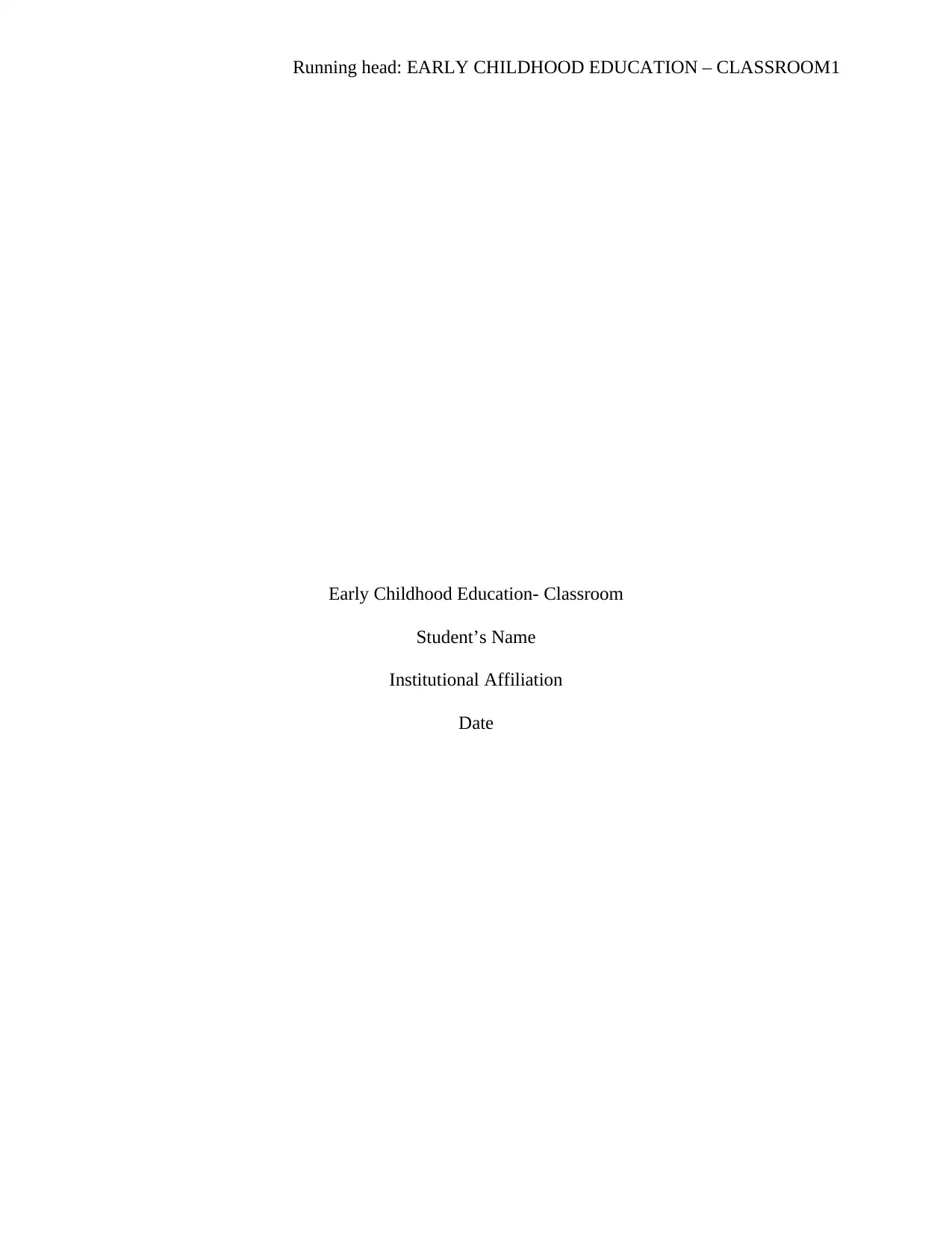
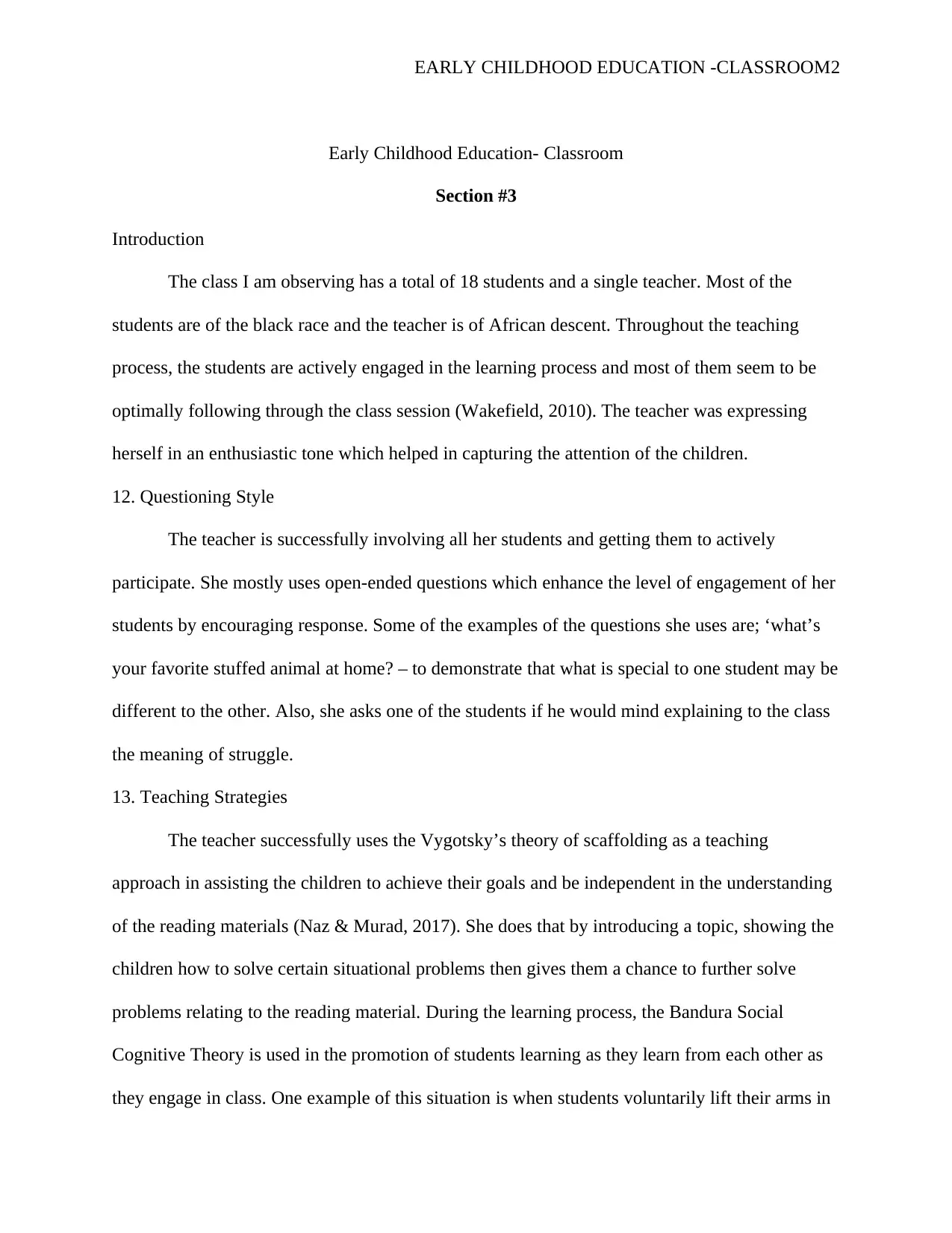
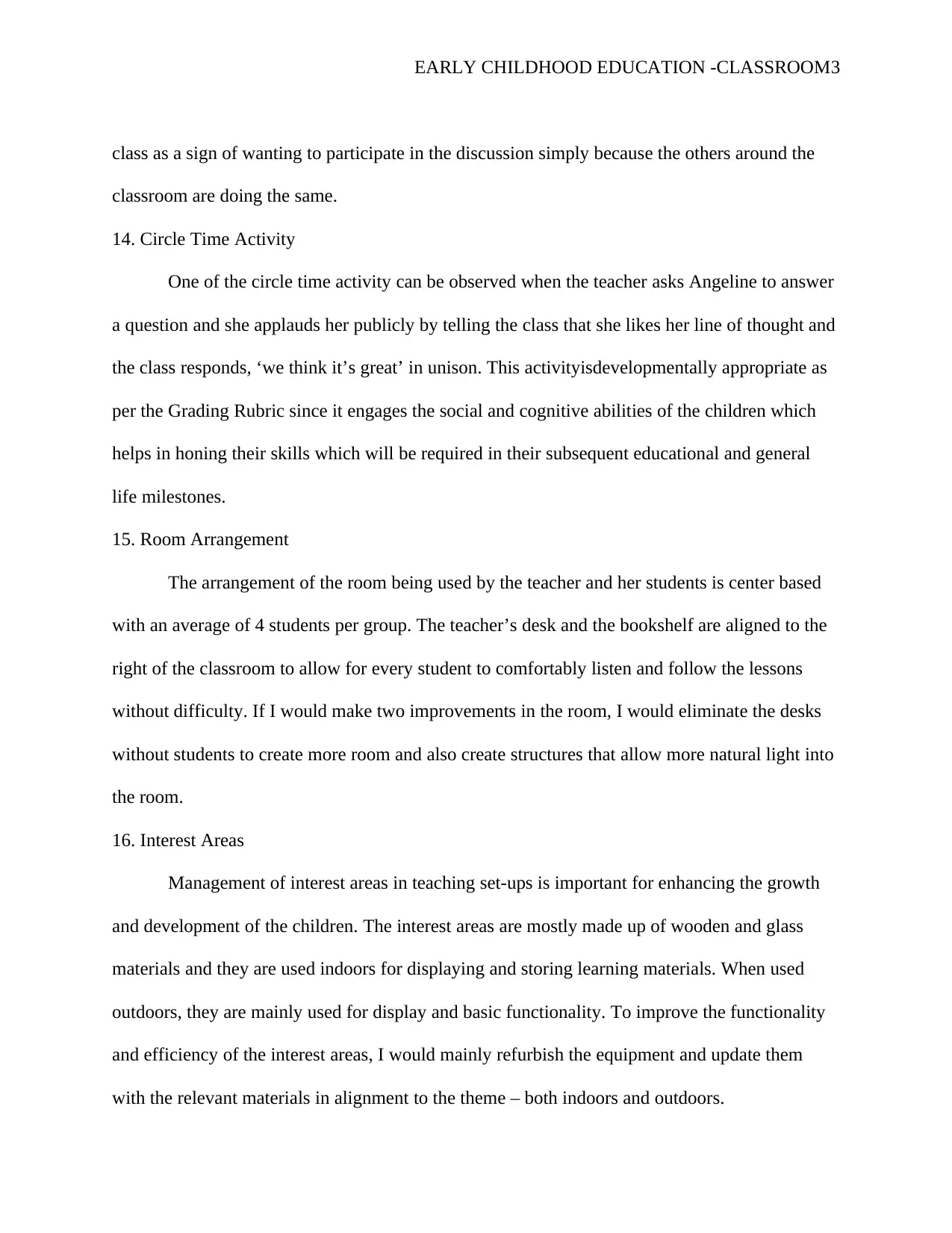

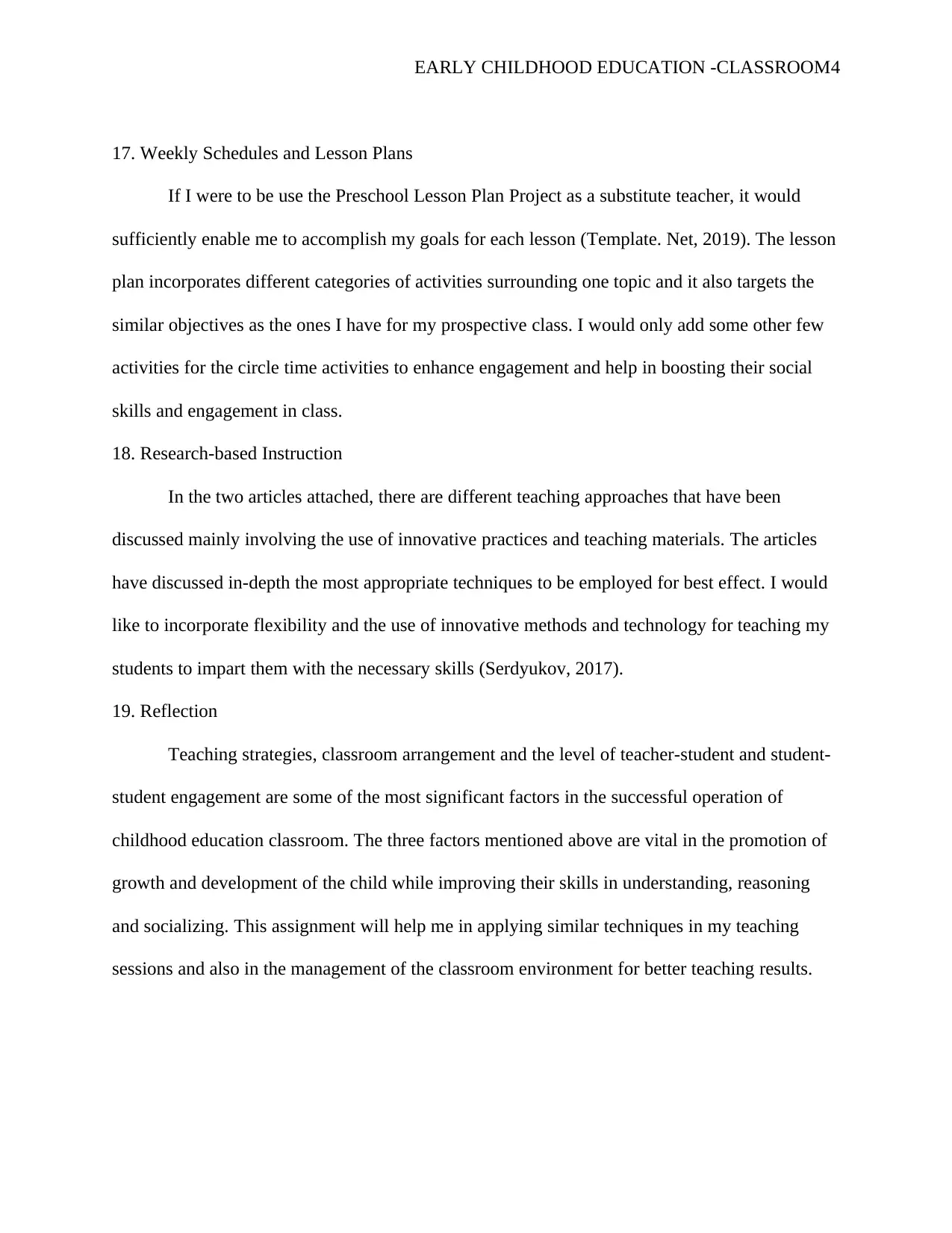
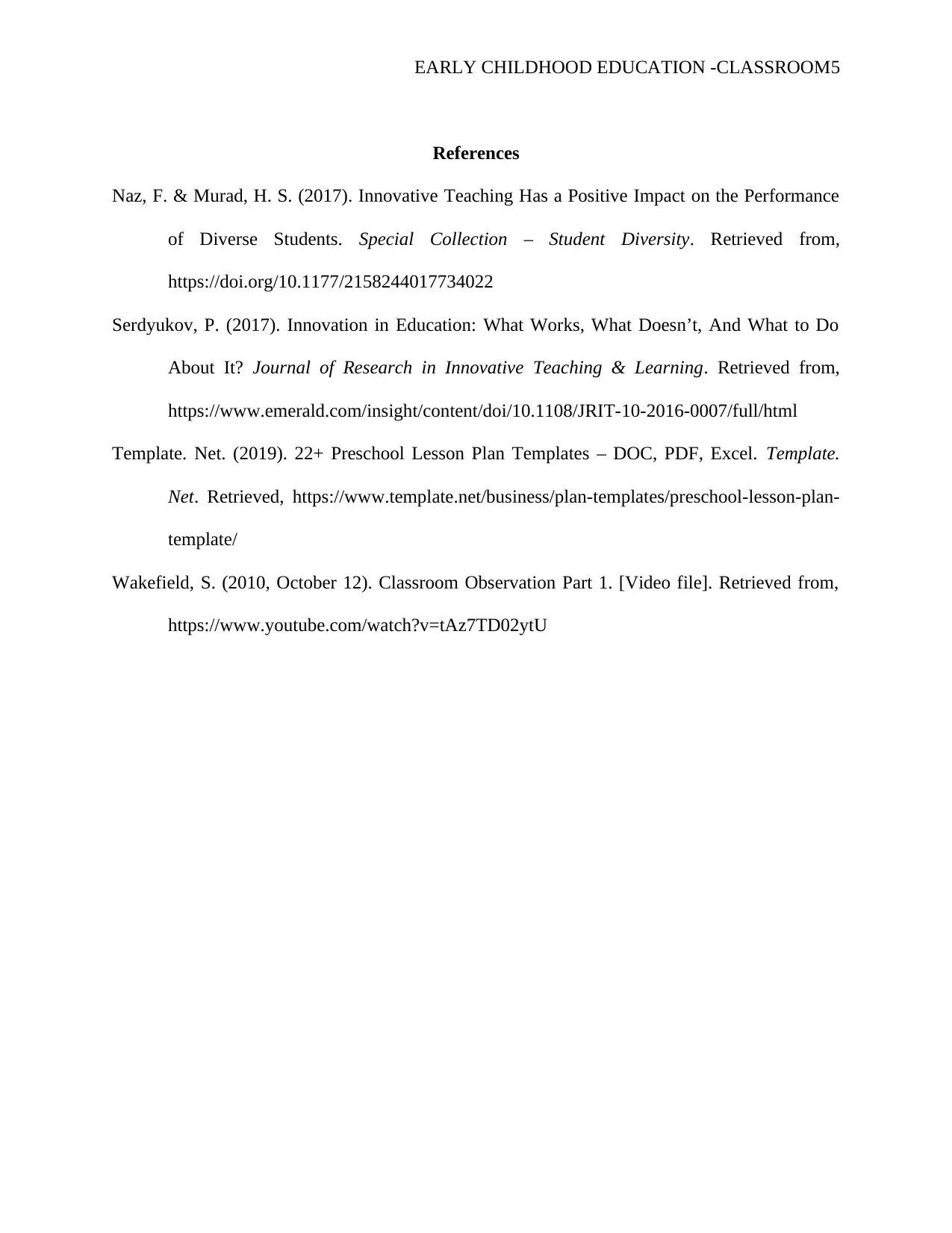






![[object Object]](/_next/static/media/star-bottom.7253800d.svg)